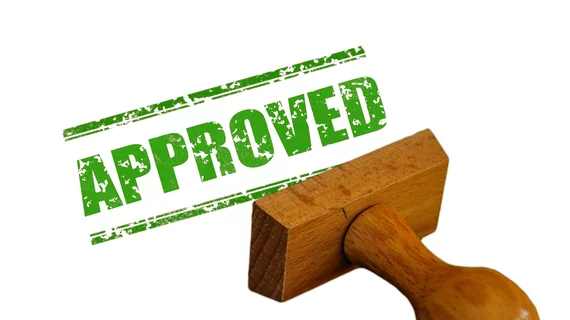New artificial intelligence (AI) software that helps providers diagnose fractures and traumatic injuries on radiographs has been given the green light by the U.S. Food and Drug Administration (FDA).
Gleamer, a French company that specializes in the development of AI software in the radiology space, announced the FDA clearance of its BoneView AI software in a press release earlier this week.
"In the value-based U.S. health care system, providers tell us they want to improve the radiographic diagnostic process, which accounts for a huge part of their workload, and optimize patient management,” said CEO and co-founder of Gleamer, Christian Allouche. “We are delighted and proud to offer clinicians and patients BoneView AI for this state-of-the-art advancement in radiology and patient care."
When the BoneView software identifies a fracture or traumatic injury, it alerts the ordering provider to its findings. The areas of concern that are detected by the algorithm are highlighted with bounding boxes so that radiologists can prioritize those x-ray reads.
A recent study published by Boston University School of Medicine revealed that fracture detection for readers from multiple centers, including Boston University School of Medicine, Stony Brook University Renaissance School of Medicine and Massachusetts General Hospital - Harvard Medical School, all observed a 10.4% improvement in fracture detection and sensitivity with BoneView AI assistance. Additionally, image reading time decreased by 6.3 seconds per patient.
"Radiologists' workload has doubled in the past two decades, and despite technological progress, they must analyze hundreds more images every day, requiring the readings to be highly reliable," explained lead author Ali Guermazi, MD, chief of radiology at VA Boston Healthcare System. "The assistance of AI should allow us to improve the specificity of the complementary exams prescribed after the radiography, to avoid delays in care, and to direct patients into the right therapeutic pathway. Our study was focused on fracture diagnosis, and a similar concept can be applied to other diseases and disorders."
Gleamer indicates that BoneView is already in use by 13 countries across Europe, the Middle East, Asia-Pacific and North America, and is utilized by more than 3,500 radiologists and emergency physicians.
The software can be accessed either directly through Gleamer, or through other platforms such as Fujifilm, Aidoc, Ferrum Health and Blackford Analysis.
You can view the full statement on BoneView’s FDA clearance here.
More on fracture imaging:
Radiomics-clinical model accurately predicts osteoporotic spinal fracture timeline on CT images
Patient discussions—not X-ray results—should guide common forearm fracture treatment in older adults
Radiologists often misread common pelvic fractures, pushing some to unneeded specialty care

